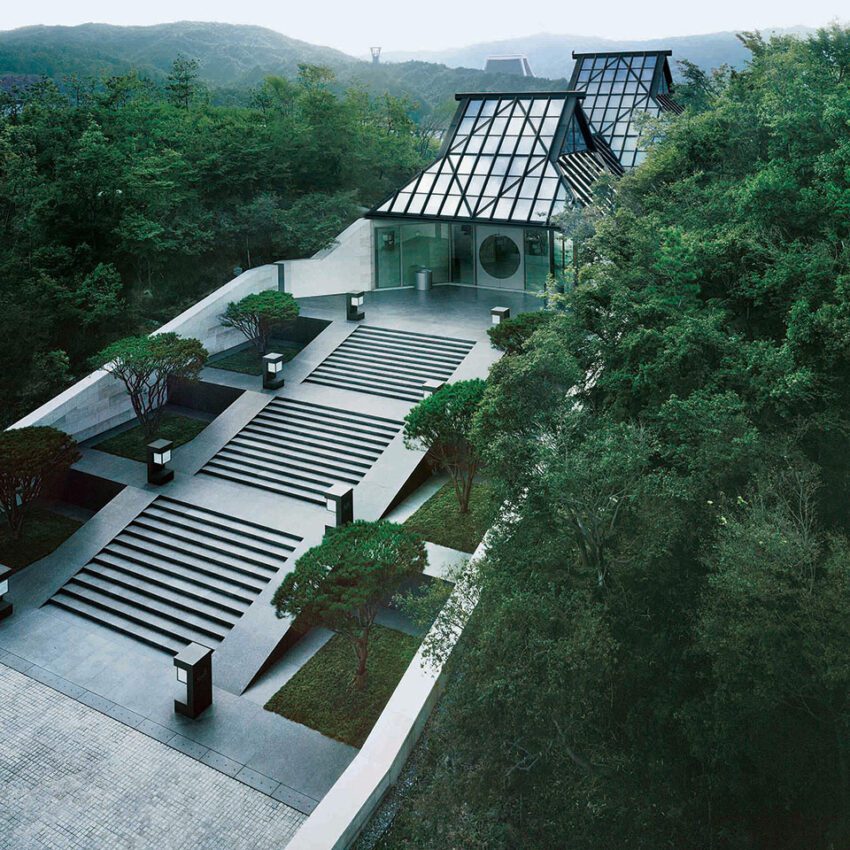
I.M. Pei-The Miho Museum_An Ode to Harmony
Inaugurated in November 1997, the Miho Museum, set in the verdant mountains of Shigaraki, Shiga Prefecture, stands as a tranquil fusion of art and nature. Established by Mihoko Koyama (1910- 2003), the museum houses an extensive and diverse collection, showcasing traditional Japanese art alongside ancient pieces from Egypt, Western Asia, Greece, Rome, Southern Asia, and China, fulfilling Koyama’s vision of disseminating joy, peace, and beauty through art.
The architect I.M. Pei celebrated for his iconic Louvre glass pyramid, designed the museum’s approach, a poetic journey involving a cherry tree flanked walkway, a tunnel, and a bridge. Pei’s design drew inspiration from “The Peach Blossom Spring,” an ancient Chinese tale by Tao Yuanming that describes a blissful, hidden village discovered behind a fragrant grove of blooming peach trees. The Miho Museum encapsulates the essence of this tale’s idyllic utopia, presenting visitors with a harmonious blend of nature, architecture, art, and cuisine, all set against the vibrant backdrop of shifting seasonal colors.
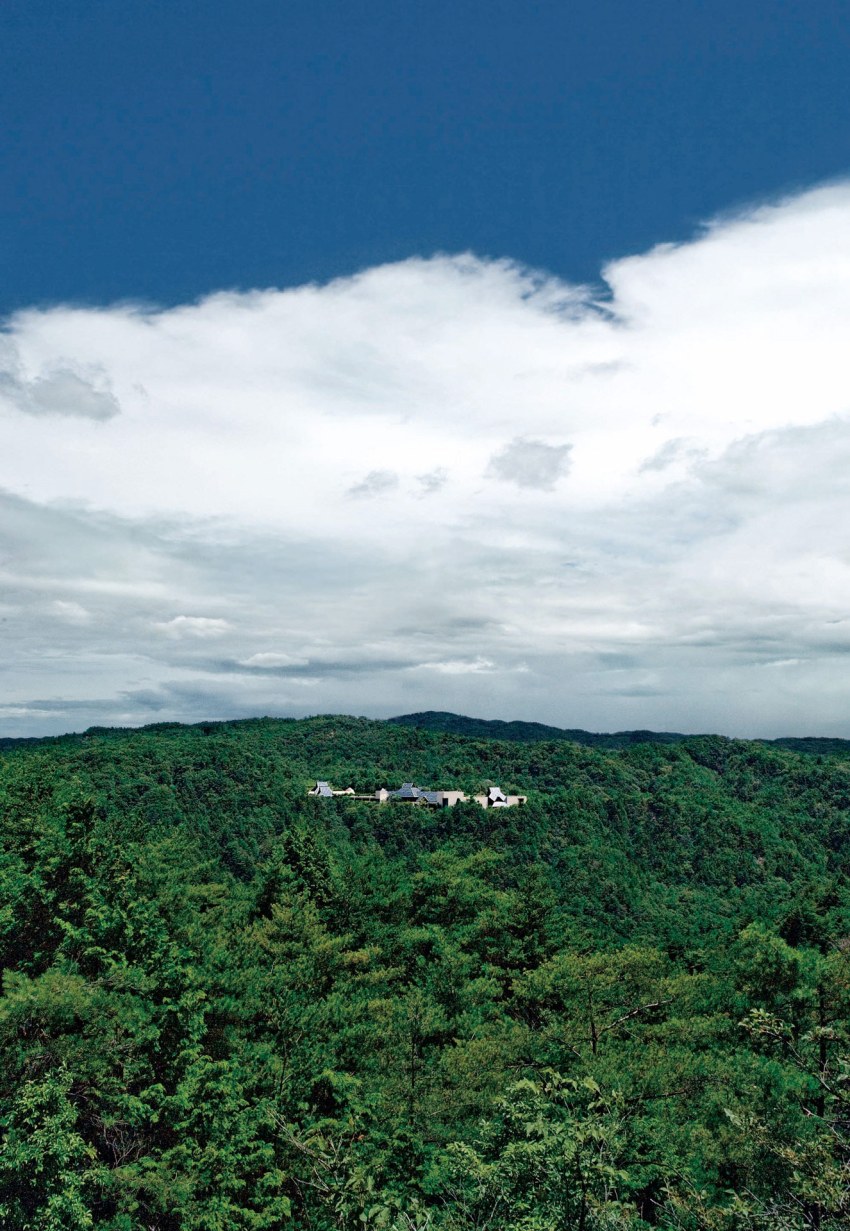
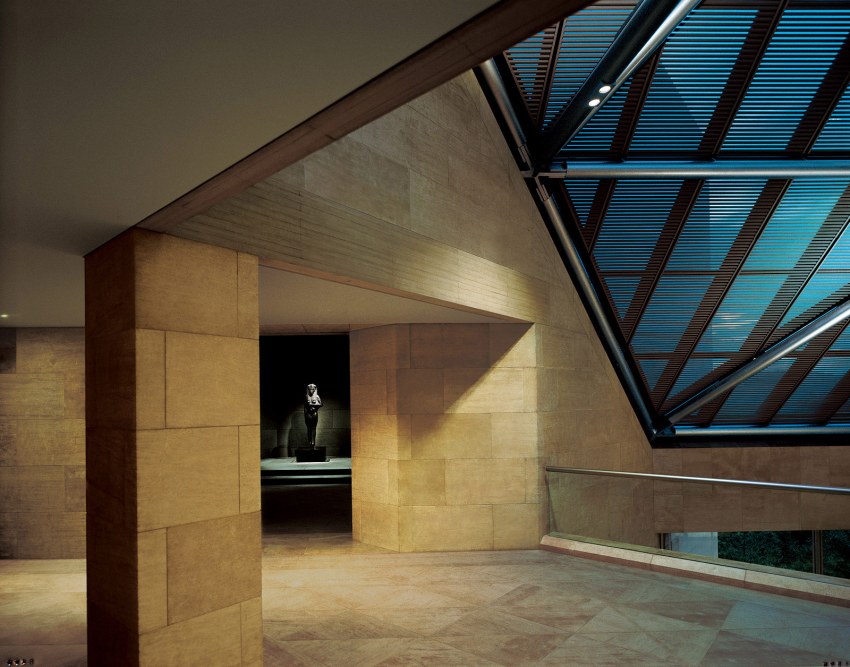
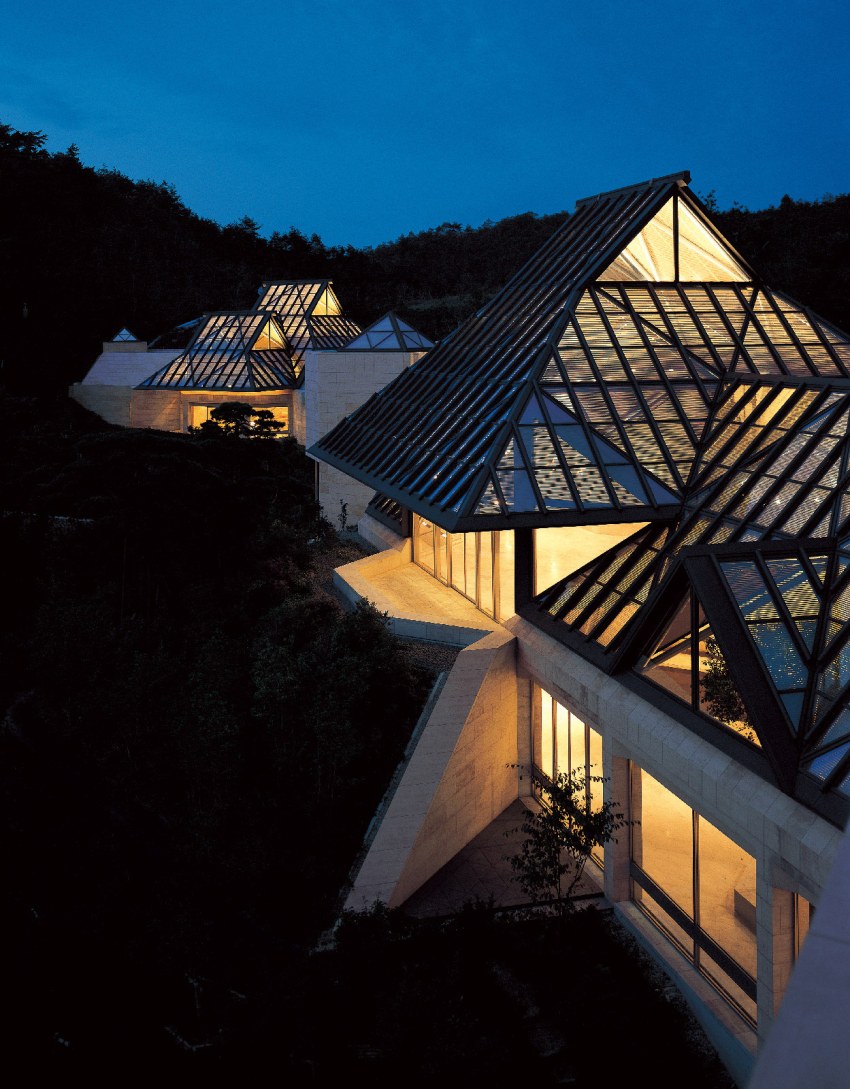
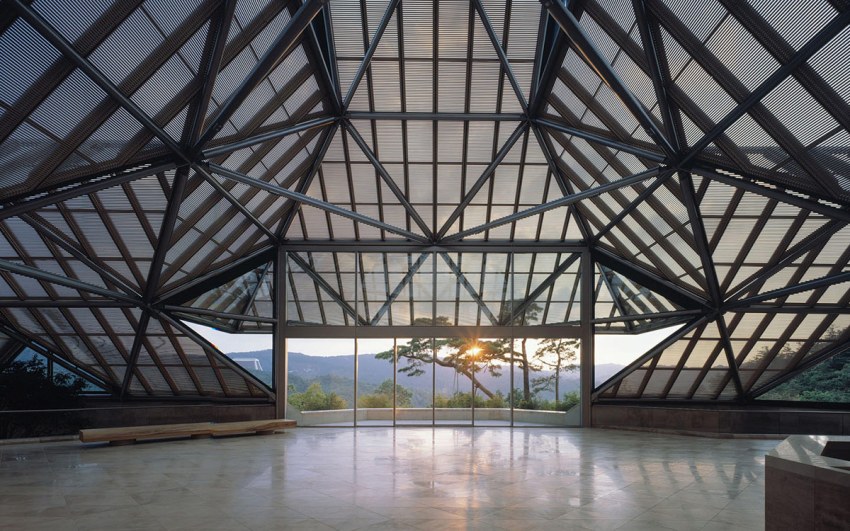

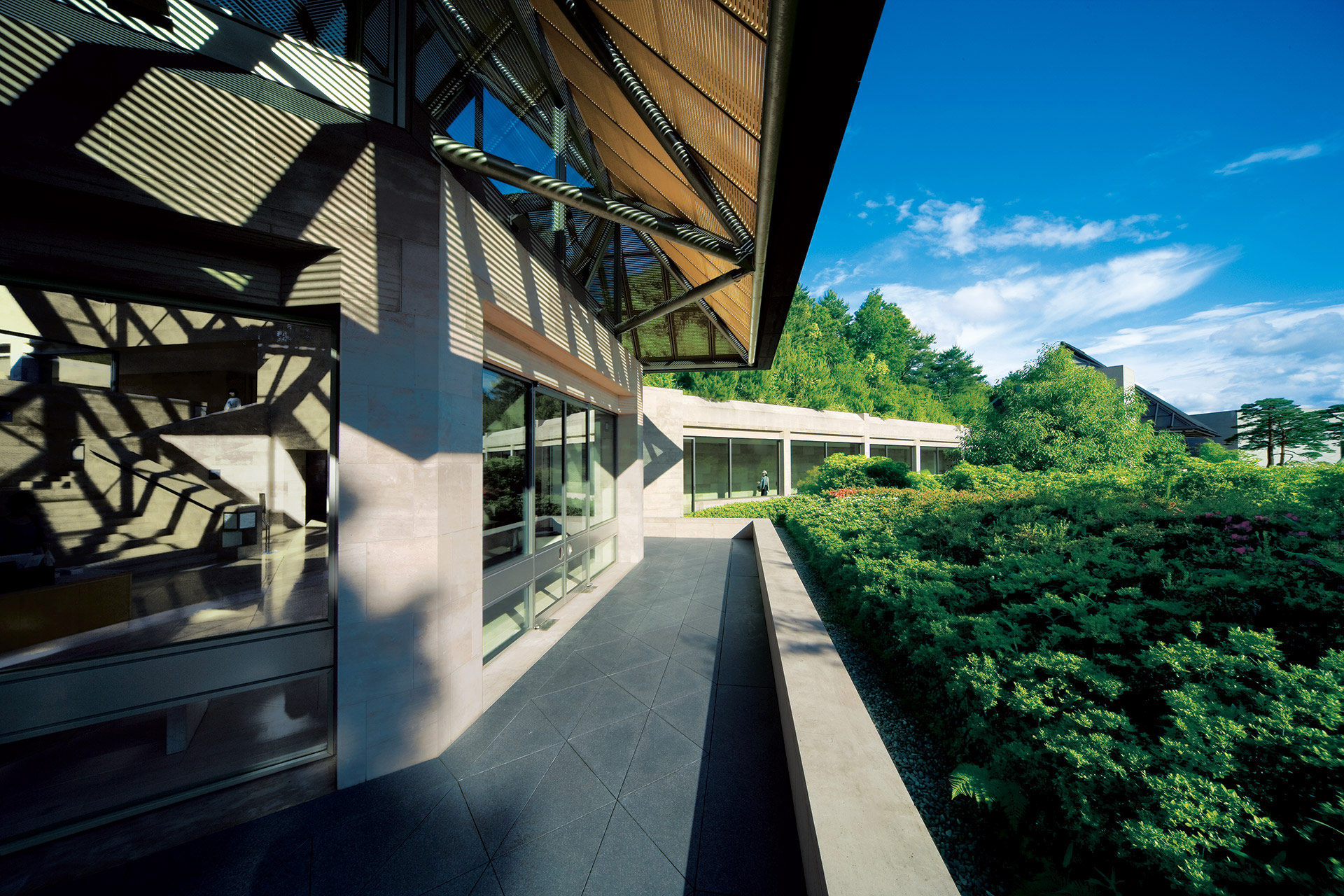
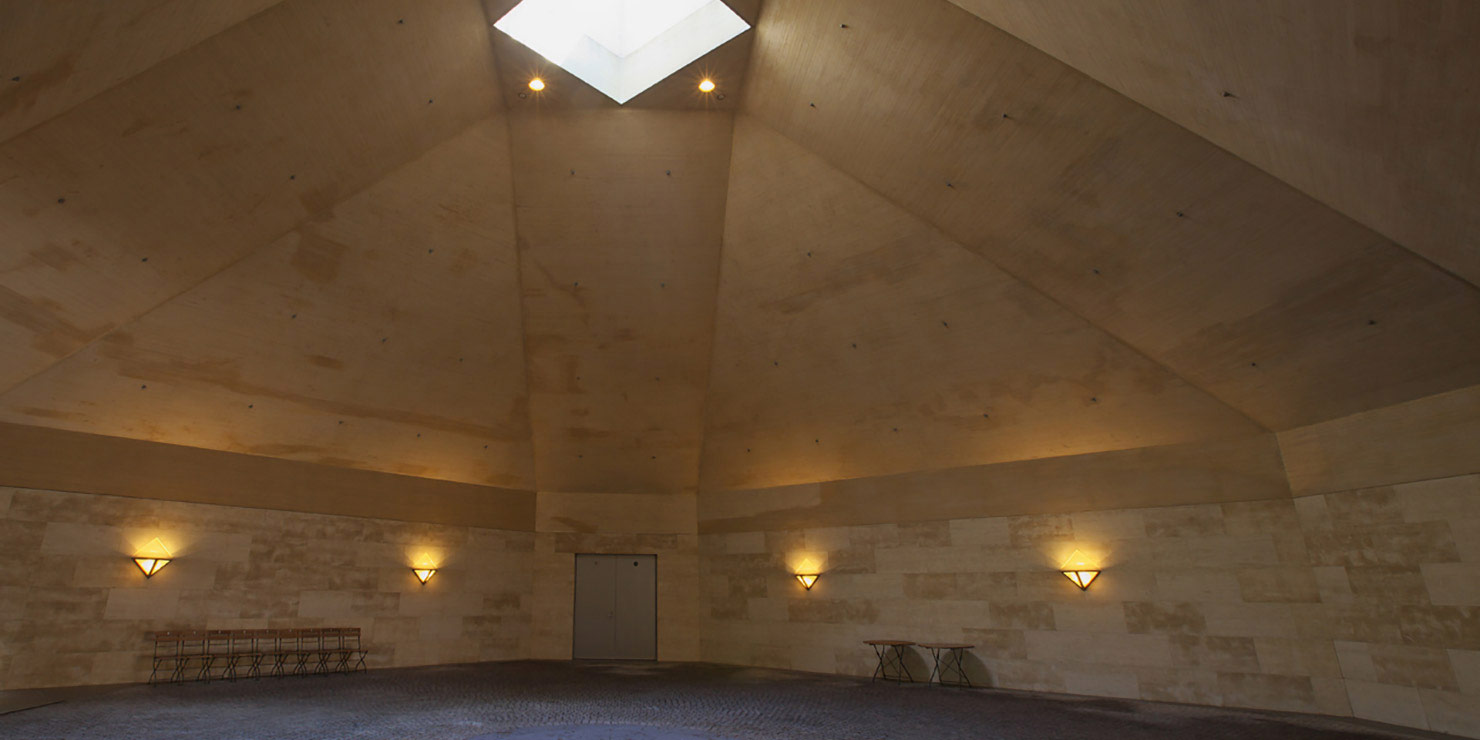

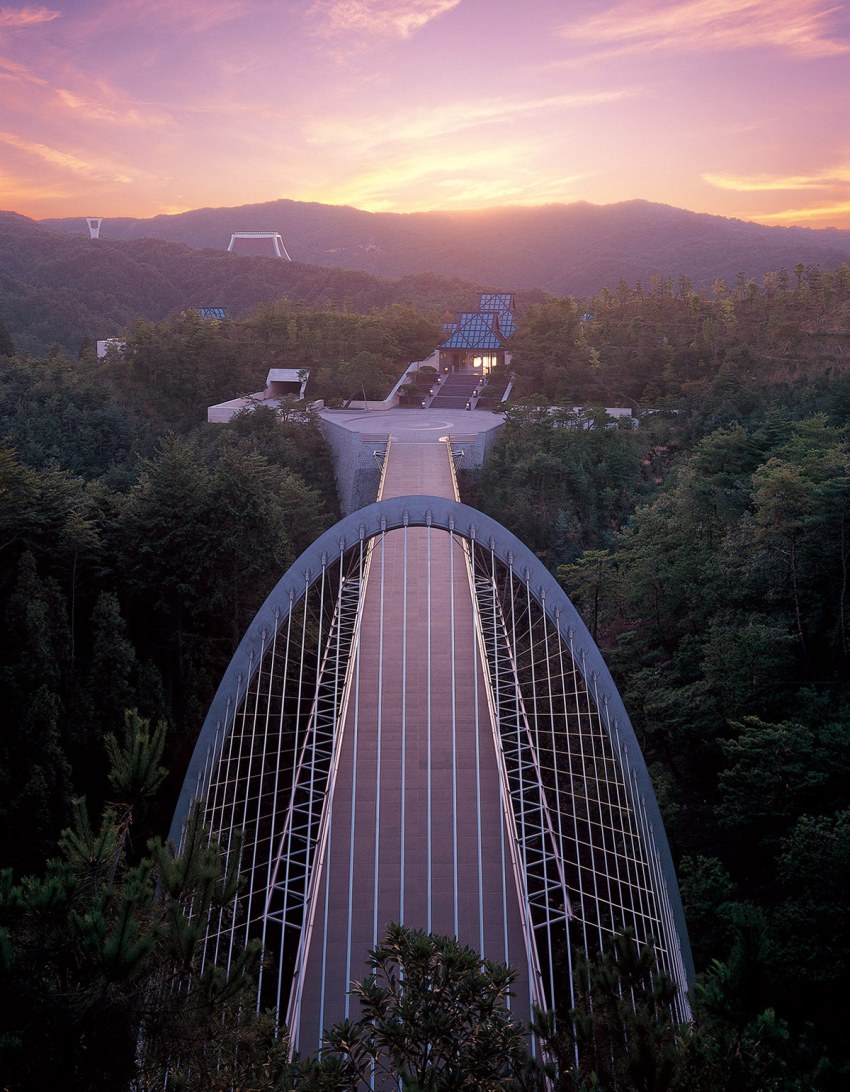

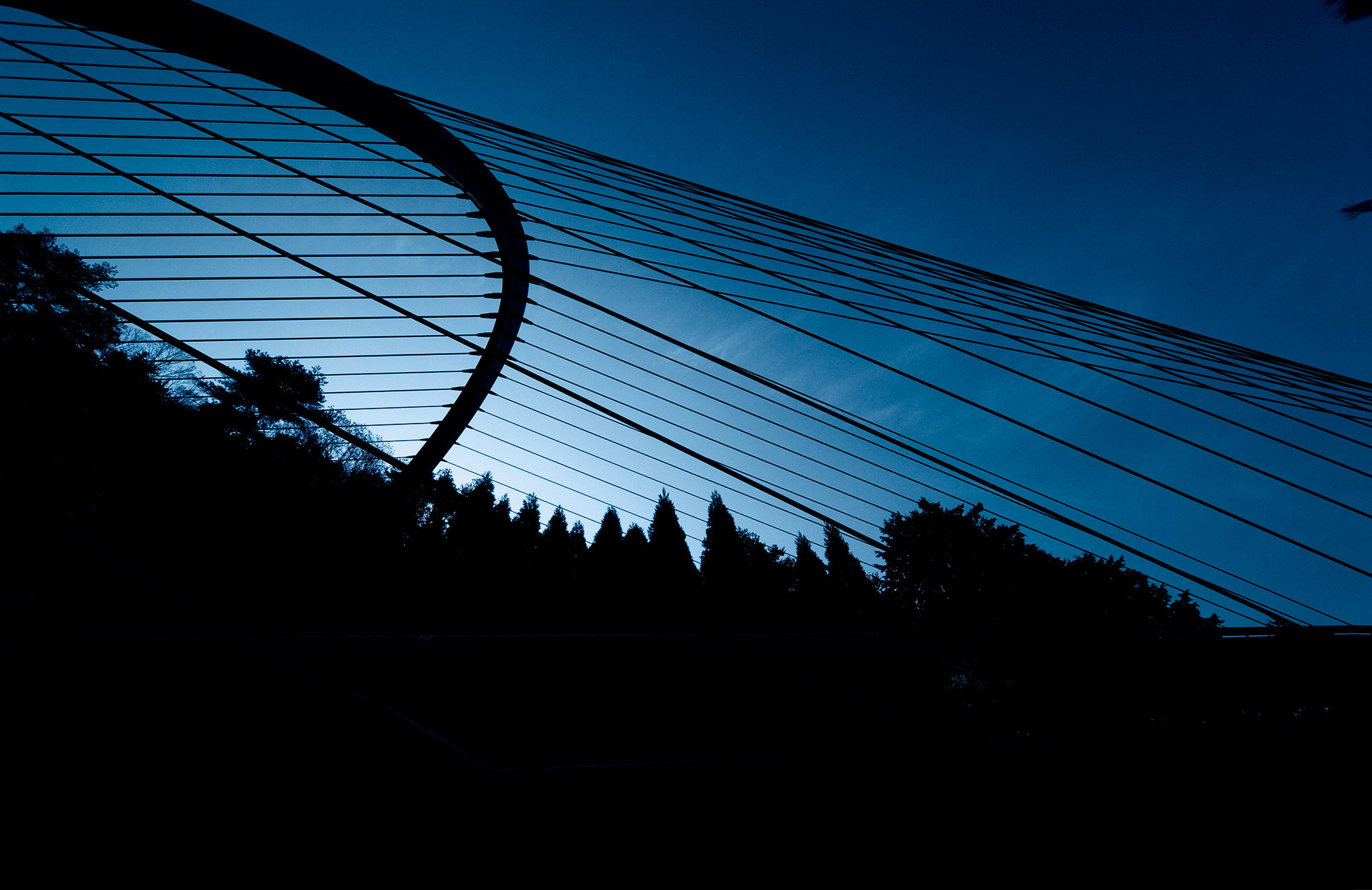
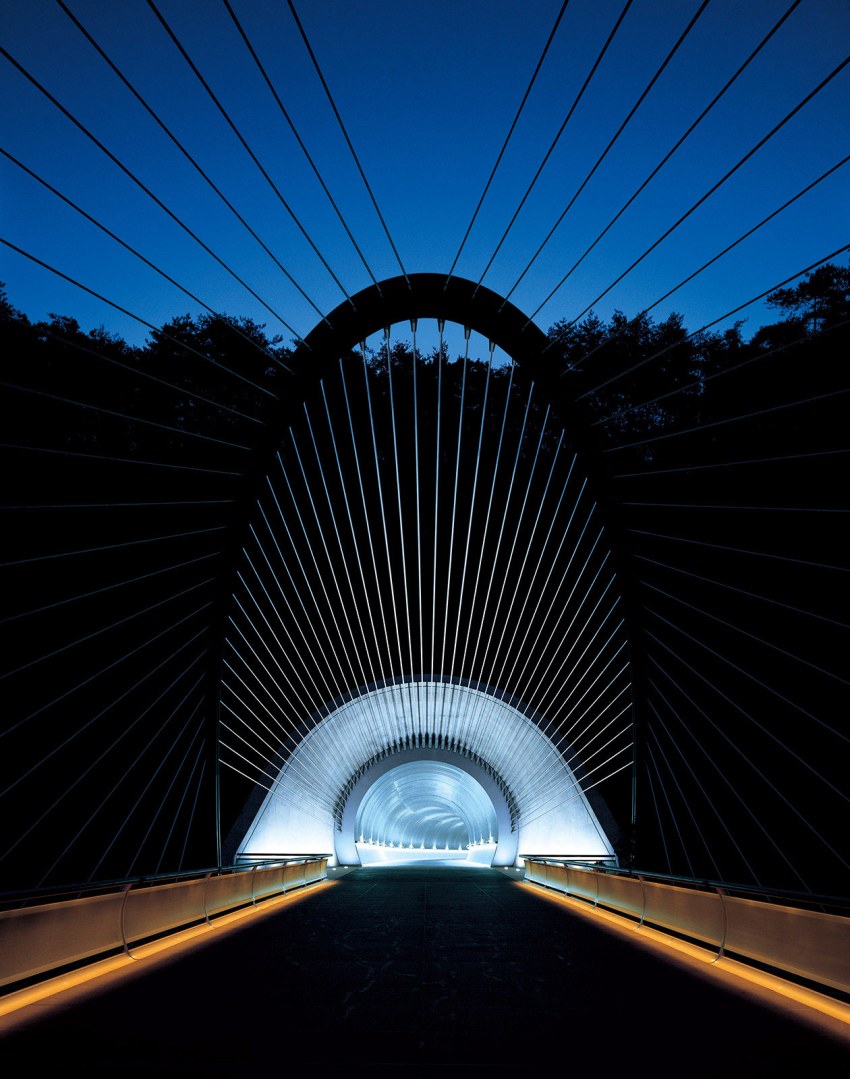



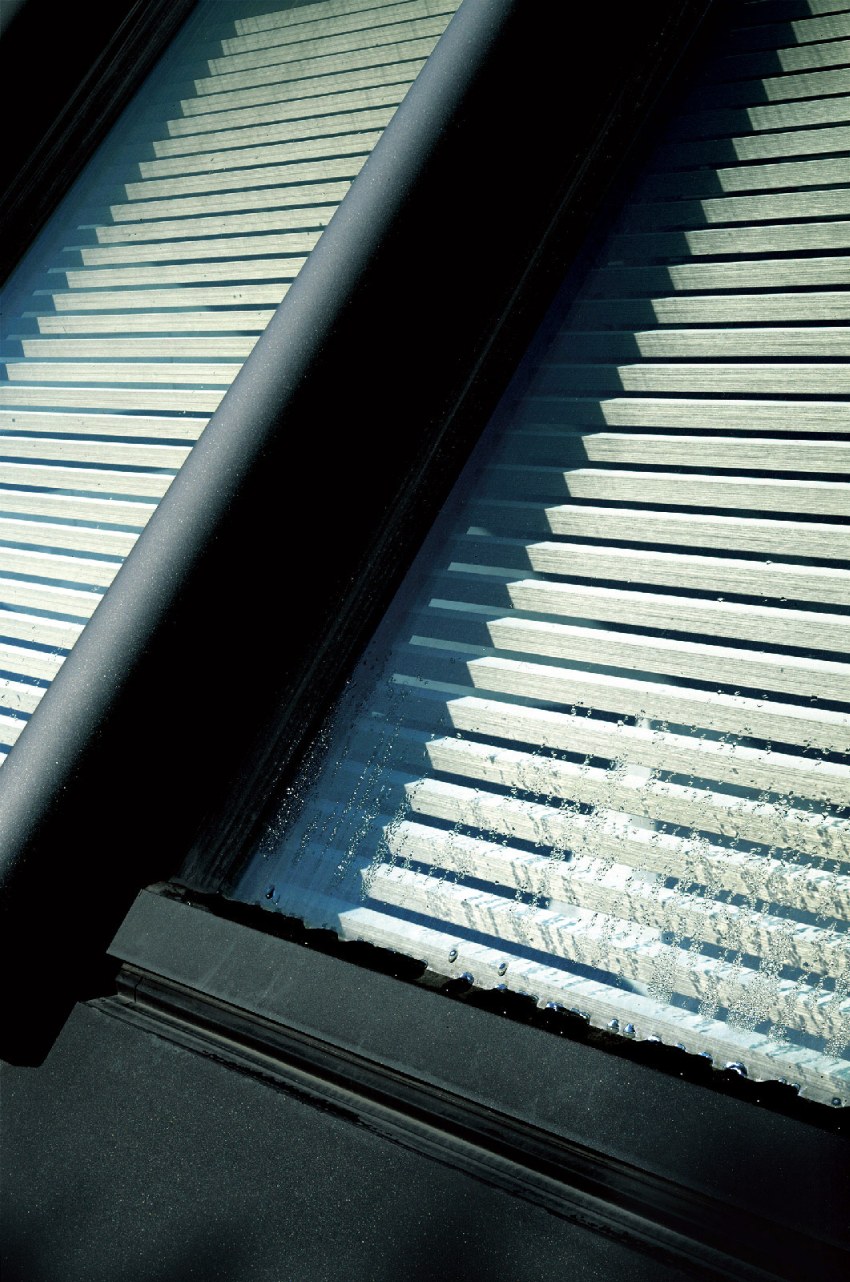
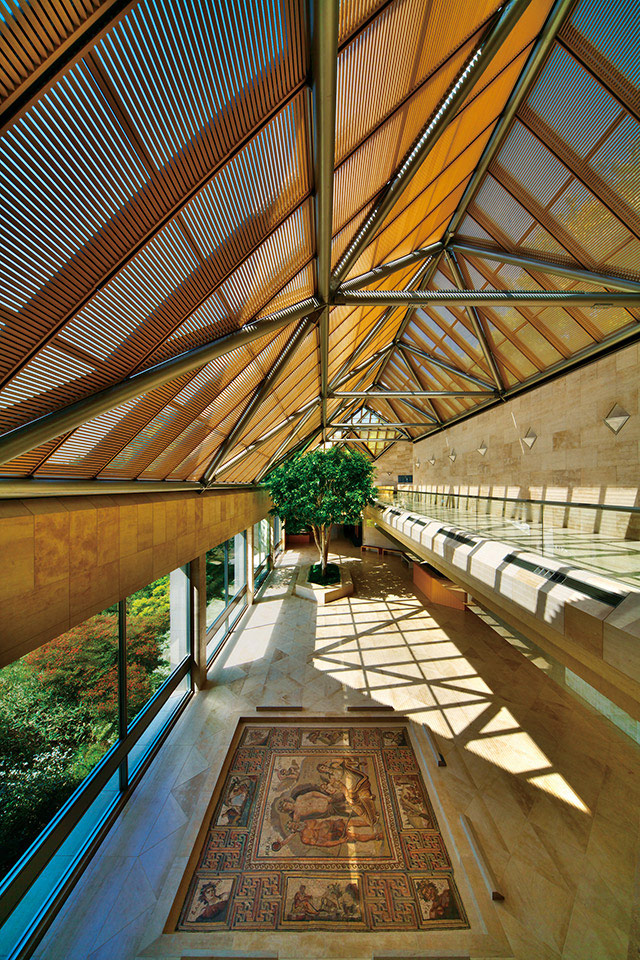

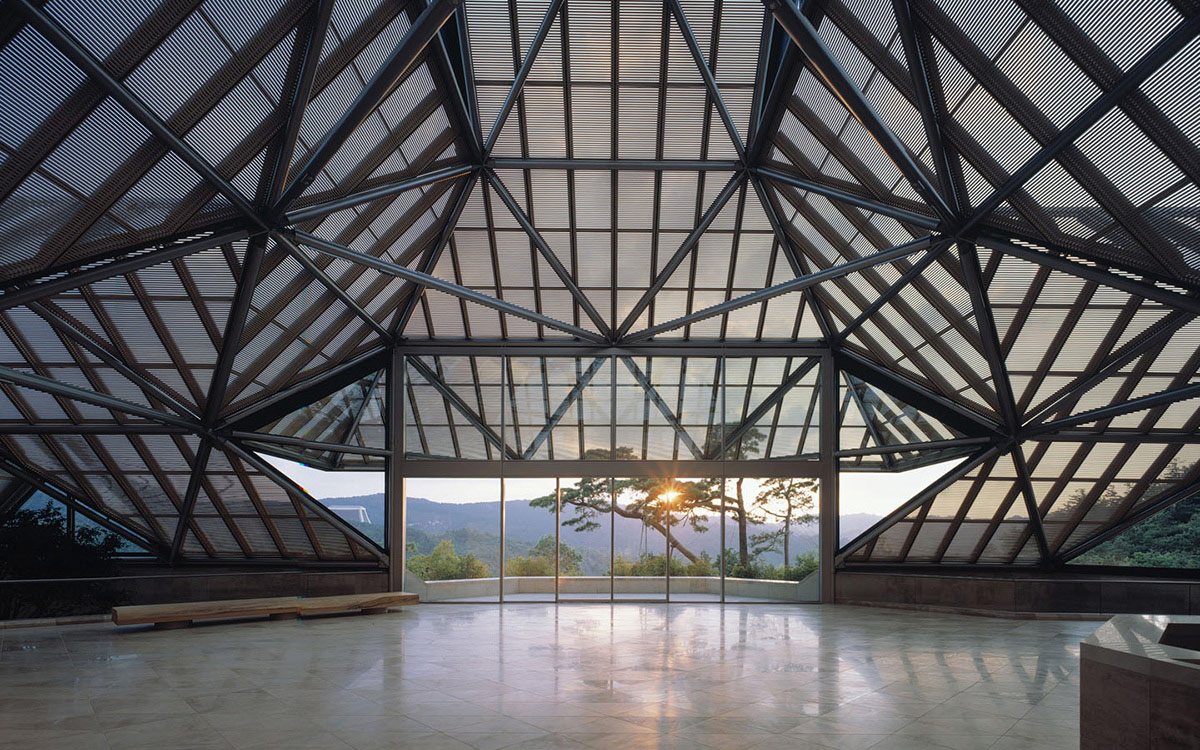
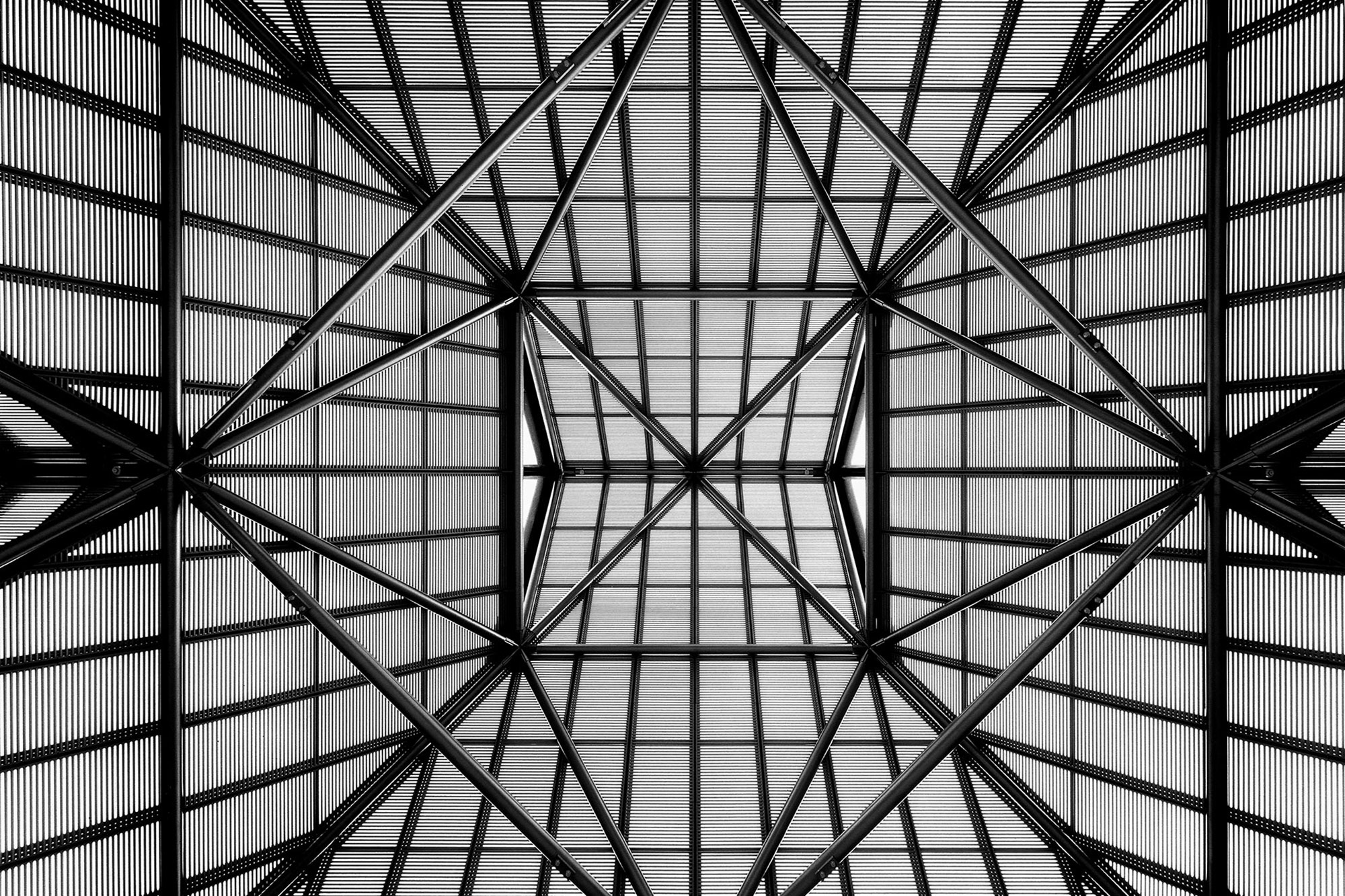

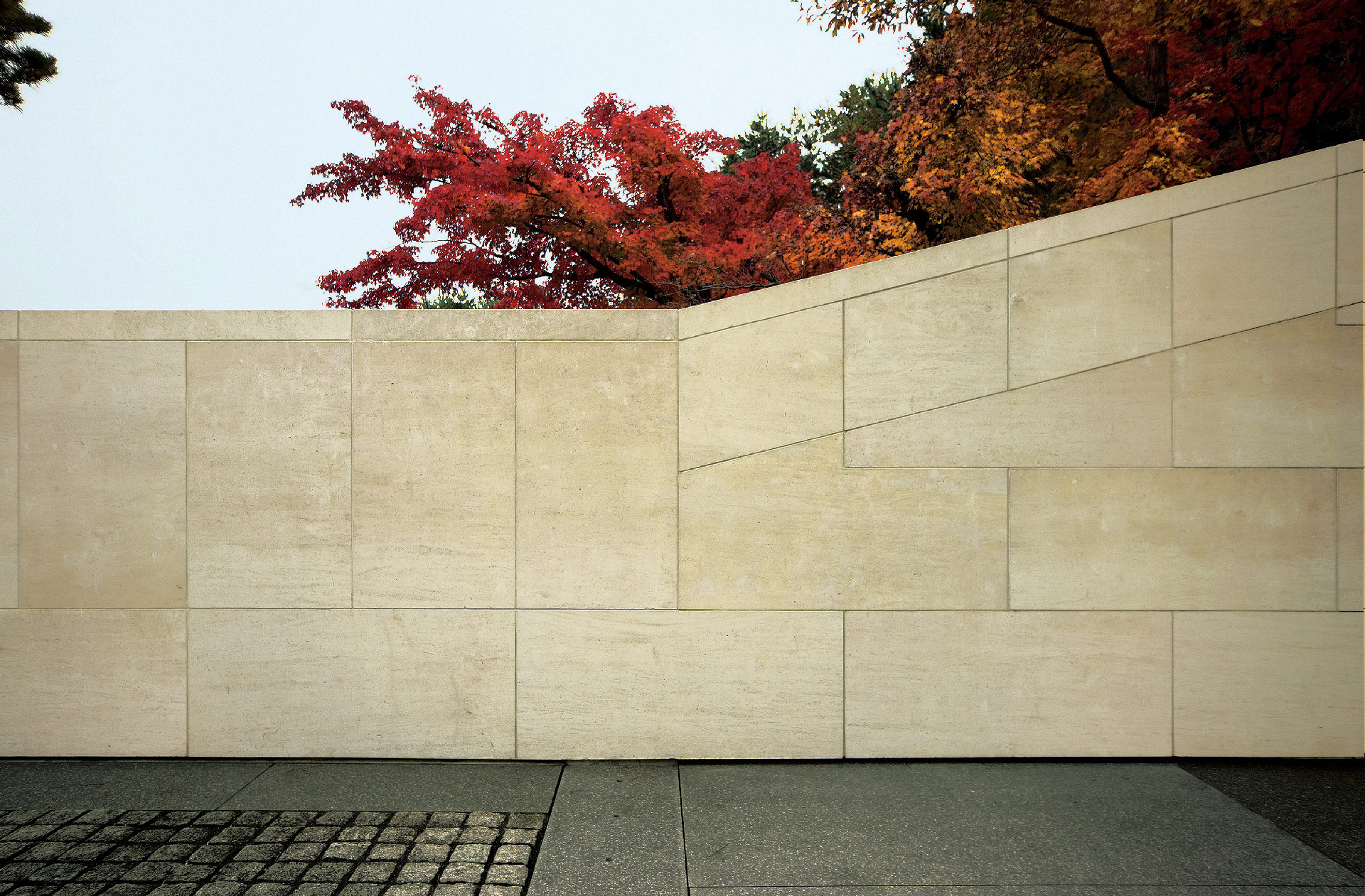
I.M. Pei: A Confluence of East and West
Born in Guangzhou, China, and trained in the United States, I. M. Pei wove a cosmopolitan tapestry into his architecture, blending the precision of Western modernism with the age-old philosophies and aesthetics of Eastern traditions. The Miho Museum, nestled in the Shiga mountains near Kyoto, embodies this synthesis in its most refined form.
The Miho Museum is an unusual project born out of a unique commission from Mihoko Koyama, the heiress to the Toyobo textiles fortune and the founder of Shinji Shumeikai, a new religious movement. Koyama envisioned a place where art and nature could coexist, fostering spiritual enrichment and a deeper appreciation of beauty. When she approached I. M. Pei, he was initially hesitant. Yet, intrigued by the challenge and inspired by Koyama’s vision, Pei embarked on an architectural journey that would lead to the creation of a museum both monumental and unassuming in its symbiosis with the surrounding landscape.
The Miho Museum’s unique architectural character lies in Pei’s masterful use of geometry and his deep respect for the natural environment. Inspired by a Chinese tale, ‘The Peach Blossom Spring,’ he designed the museum to evoke a feeling of discovery akin to stumbling upon a utopia hidden within the mountains.
The majority of the museum is subterranean, seamlessly integrating it into the Shigaraki mountain range. The entrance, a stunning architectural surprise, is a tunnel carved into the mountainside, leading to a steel-and-glass bridge. This bridge serves as a physical and symbolic transition from the external world into the serene isolation of the museum.
The Architecture of Enlightenment
As visitors traverse this bridge, they are welcomed by the sight of the museum’s main building, a limestone beacon set against a backdrop of dense greenery and rugged mountain peaks. The choice of limestone was deliberate, intended to harmonize with the colors of the mountains. It also presents a striking interplay of light and shadow, ever-changing with the passage of the sun.
The interior of the Miho Museum adheres to the principle of less is more. The exhibition spaces are designed to reduce visual noise, emphasizing a minimalist aesthetic that brings undistracted focus to the artworks. Skylights on the roof allow natural light to pour into the galleries, an interplay of architecture and sunlight that underscores the artworks’ beauty.
Few structures embody their architect’s philosophy as faithfully as the Miho Museum embodies I. M. Pei’s. It is a testament to his ability to marry man-made structures with the natural world. The museum invites us not just to look but to observe, not merely to visit but to experience.
The Miho Museum, completed in 1997, came late in Pei’s illustrious career, but it showcases his philosophy with an elegance and poise that few other projects can match. His commitment to harmony, balance, and respect for the environment stand out in every corner of the museum.
A Canvas for the Seasons
While the design of the Miho Museum is an architectural triumph, its integration with the natural environment is equally compelling. It is a structure built to celebrate the seasons, allowing nature to paint a dynamic picture against its static backdrop. The blossoming of peach trees in spring, the lush greenery of summer, the array of fiery colors in autumn, and the quiet stillness of a snowy winter landscape all transform the museum into an evolving artwork. The museum’s harmony with its surroundings is a testament to Eastern philosophies, echoing the Taoist principle of ‘living in accordance with nature’.
Pei’s work was deeply informed by his Chinese heritage. He believed in the concept of ‘Li’ the underlying principle, order, or code that gives shape to the universe. This belief is clearly expressed in his precise geometric forms and their intricate interconnections at the Miho Museum. Moreover, the minimalist aesthetic inside the museum allows each artifact to stand out, embodying another Eastern philosophy that reveres the past and respects ancestral wisdom. The museum, in this sense, serves not just as a display of art, but as a bridge connecting the past, present, and future.
The Miho Museum redefines the traditional concept of a museum. It is more than just a repository for art; it is an experience, an architectural journey. Pei’s design invites visitors to interact with the museum and its natural surroundings, transforming the passive act of viewing into an active exploration. This approach has led to a shift in the way architects and designers approach museum design, underscoring the importance of experiential elements.
The Miho Museum is undoubtedly one of I. M. Pei’s crowning achievements. It is a place where every detail, from the grandest to the most minute, is imbued with meaning and intent. Here, architecture becomes a vehicle for spiritual exploration, art appreciation, and philosophical introspection. The museum’s capacity to encapsulate Pei’s architectural philosophy and serve as a testament to his genius ensures that it will remain an enduring symbol of his legacy and a cherished masterpiece in the world of architecture. As we continue to examine and enjoy the Miho Museum, we keep the dialogue with I. M. Pei alive, continuing his vision of a world where art, architecture, and nature exist in exquisite harmony.
'Culture' 카테고리의 다른 글
| *워크 앤 테크놀로지 센터 [ KUU arhitektid ] Center for Work and Technology (0) | 2023.07.17 |
|---|---|
| *솔라교회 [ JAJA Architects ] Sola Church (0) | 2023.07.13 |
| *월컴 루프 In Situ Studio cuts "hoop" opening in cantilevered welcome centre roof (0) | 2023.06.23 |
| *엘우드의 건축철학이 담긴 아트센터 컬리지 [ Craig Ellwood ] The Art Center College of Design (12) | 2023.06.07 |
| *로체스터 유니테리안 [ Louis Kahn ] The First Unitarian Church of Rochester (12) | 2023.06.05 |